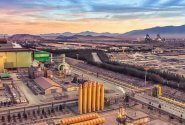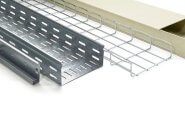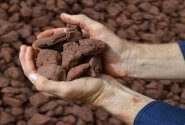Steel in Iran | صفحه ۲۲ از ۲۳ | آرتان پرس
Assessing amount of bubble in Iran’s domestic steel market
The steel market bubble in recent months has been linked to changes in the dollar, something that analysts have not overlooked. The maximum allowable base rate for ingots is 14,580. With a simple calculation, it can be concluded that the steel market bubble fluctuates around 8% negatively.

The lowest prices in Iran steel transactions
Iran’s economy for many reasons, including the direct effect of issues related to sanctions, is unfortunately not a priori, or at least it can not be foreseen for the medium term, and this is by far the largest issue.

Estimated prices of Iran Steel Stock Exchange
The downward trend in the rate of iron scrap rates compared to other steel products was less rapid

The probability of growth in the steel market of Iran
The steel market began yesterday as it was, as in most of the Saturdays, a bit of price ambiguity due to delays in discovery. On the other hand, trading volumes are expected to drop with the end of last weekend in the early days of this week.

National Steel Group of Iran started its activities
Managing director of the National Steel Group of Iran, referring to the reopening of one of the factory lines, was said experimentally after about two years, saying: “By supplying raw materials, all production lines of the company that are economically justified will be put into operation.”

Steel Scenarios to Pass Sanctions
Steel exports reached their peak in the last two or two years, as in 1995, the industry exported nearly 6 million tons and by the end of the year 96 it exported nearly 8 million tons;

Production of 34 million tons of steel in the country
The Minister of Industry, Mine and Trade said: from 1992 to today, crude steel production has reached 34 million tons.

Continued growth of Shanghai’s stock for the second consecutive day
According to Metal Bulletin today, April 10, the hot spot in the East Cash Market China (Shanghai) increased by 30-40 yuan from 3920 yuan to 3940 yuan, and in north-China (tianjin), rising 30 yuan from yesterday to 3890 yuan to 3910 yuan.
Notice: Undefined variable: additional_loop in /home/artanpre/public_html/wp-content/themes/zohour/inc/template/cat-2.php on line 54
Notice: Trying to get property 'max_num_pages' of non-object in /home/artanpre/public_html/wp-content/themes/zohour/inc/template/cat-2.php on line 54











